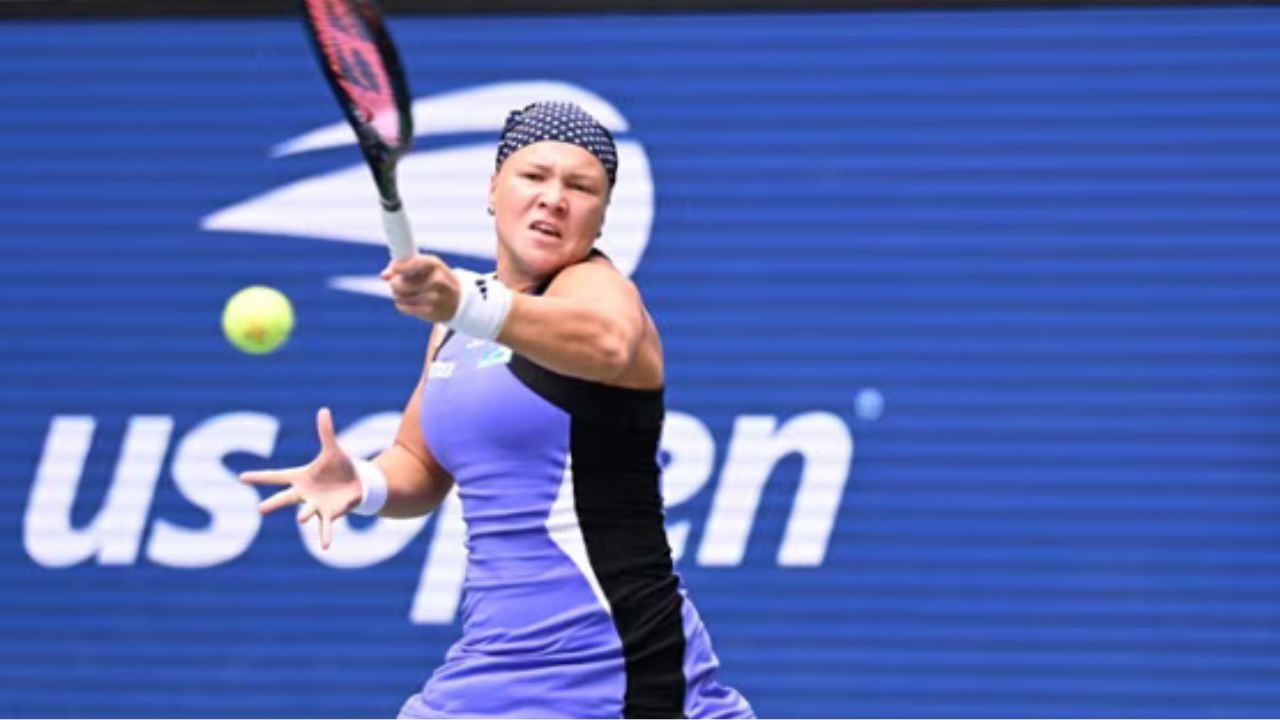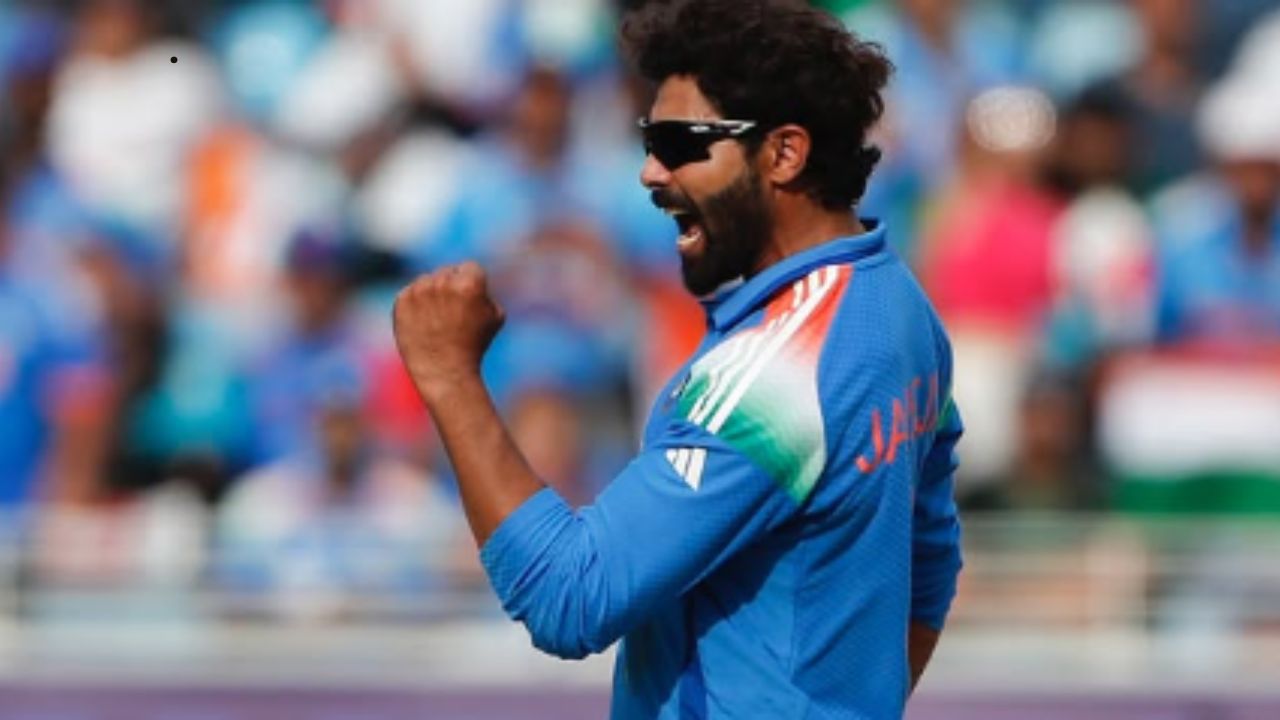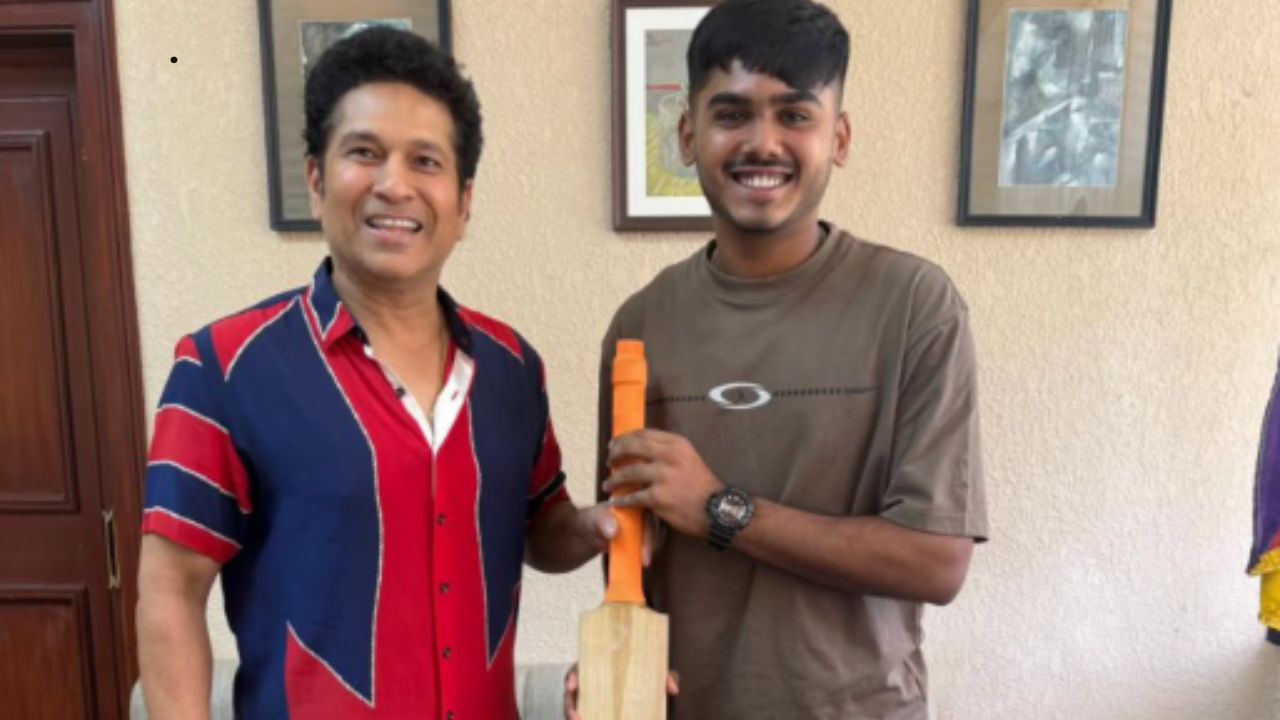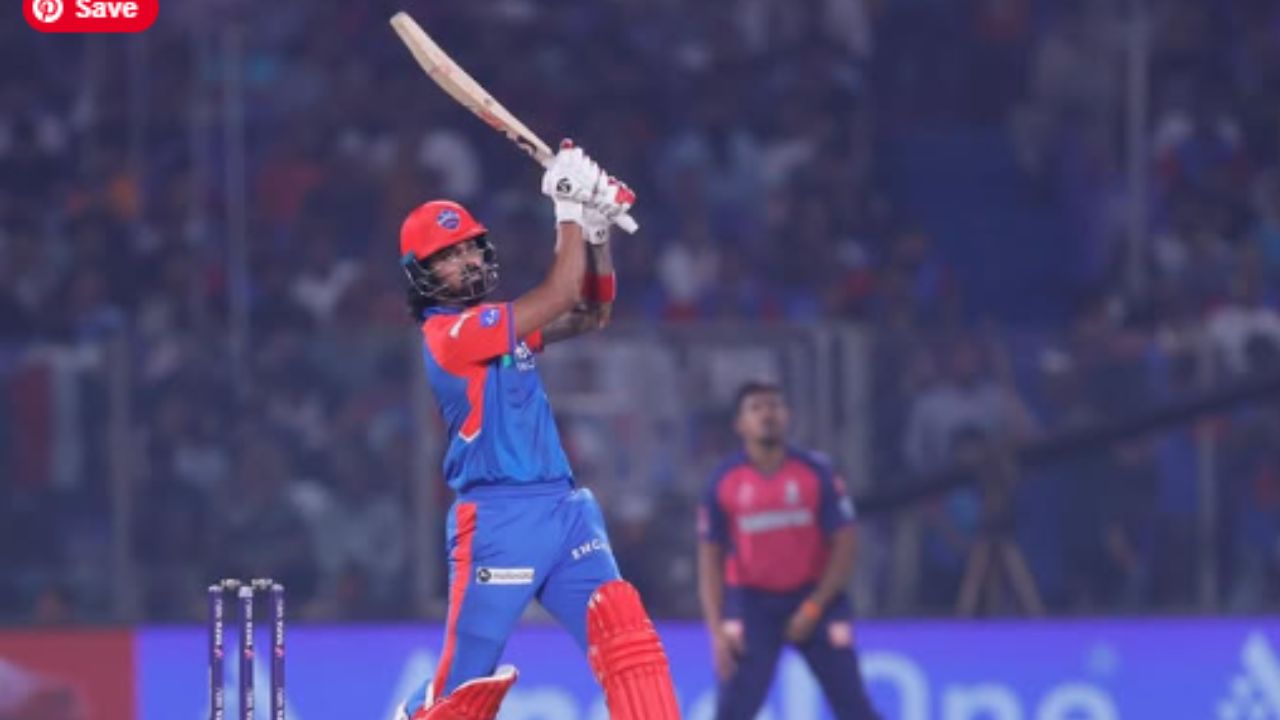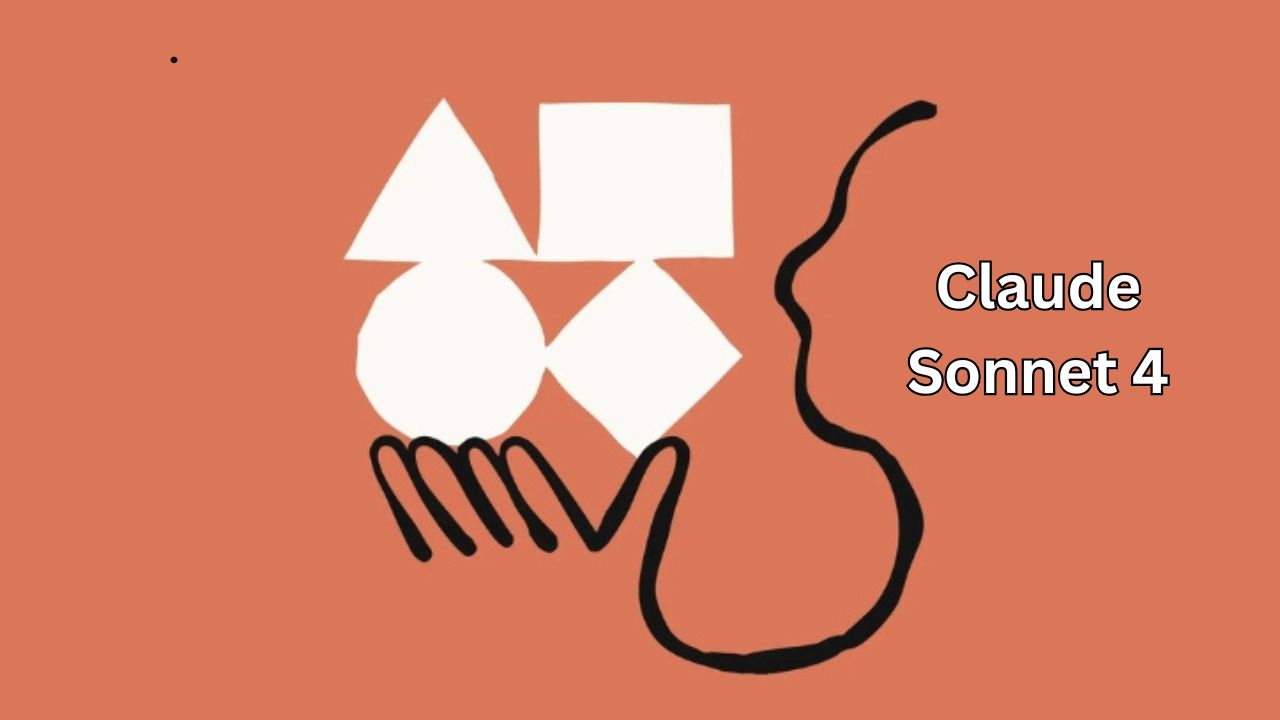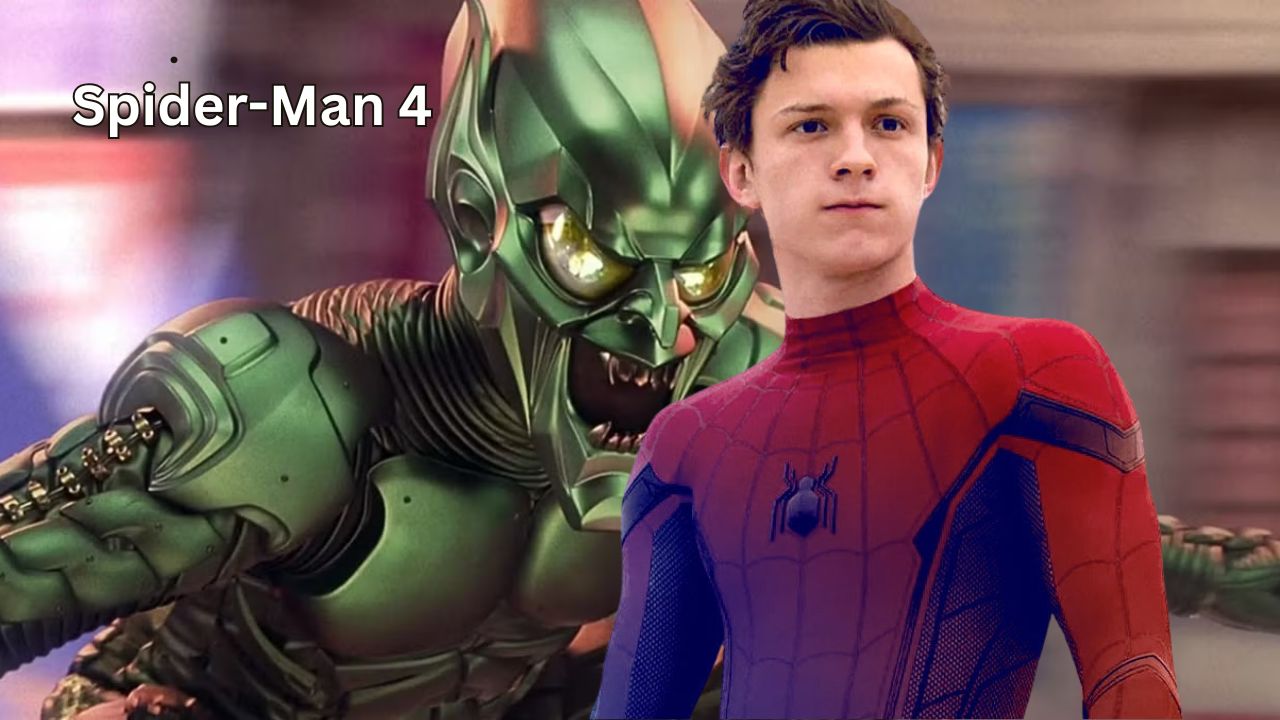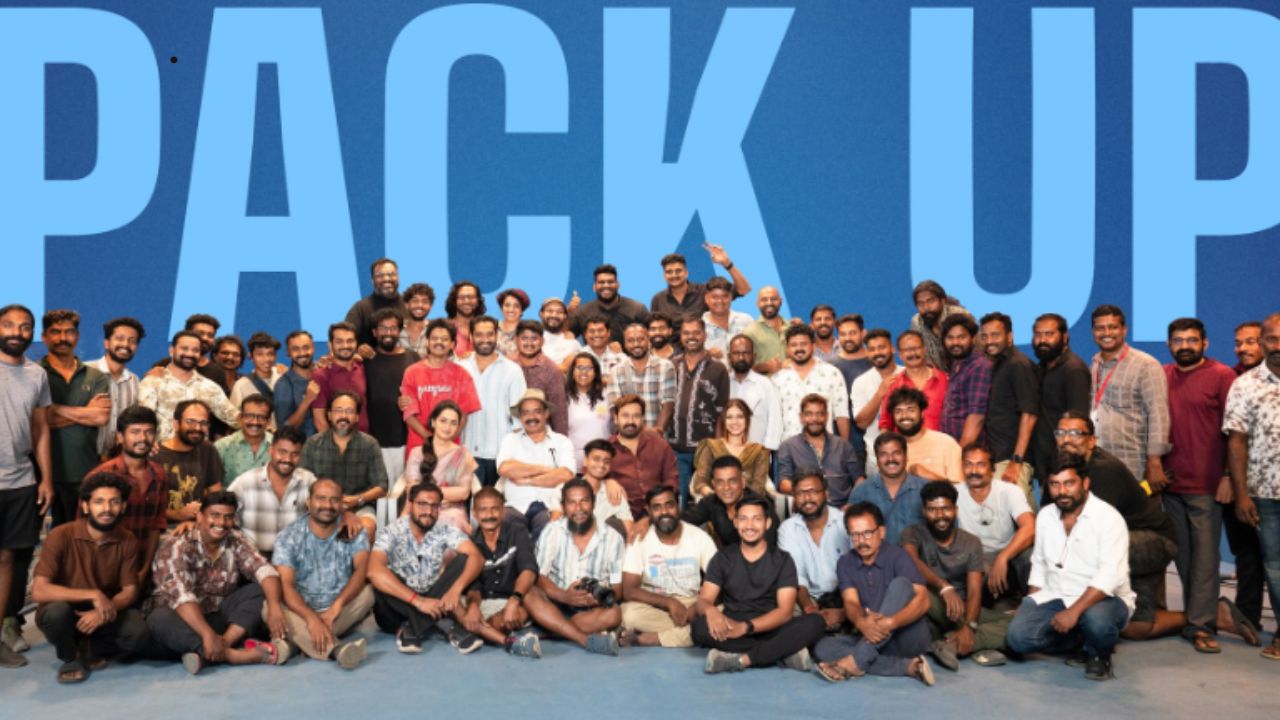Diana Shnaider is an American tennis player who has made an impact in the sport with her power-packed shots and aggressive playing style. Shockingly, Shnaider’s newer challenge came in 2025 in the form of recalibration, coaching changes, and Shnaider’s struggles that tested her defiance as a potential Grand Slam champion.
Differing looks in the hands of time
Diana Shnaider made massive bombs in the forty-eighth season of her professional career, leading to her 2024 campaign. Not only did she reach the cadrul final at the US Open, but she also won a silver pausing double in Paris, becoming the youngest player to win titles in over a decade, having titles of a decuple in a single year, joining the likes of Christine Wozniacki in achieving this remarkable feat in 2009.
Jumping to a decade later, in 2025, however, casts Shnaider in an unfamiliar light. Her 11-10 record in singles with early exits beyond crucial rounds in Shnaider’s mad dash through tournaments critically points to her jumping over wobbling blocks during loops in her career road and the damage. Excess scrutiny has been placed on Shnaider’s uncharacteristically aggressive baseline game, coupled with ghastly unforced errors. But still, the truth lies elsewhere through the commotion.
The Safina Factor
In early April, Shnaider made the audacious decision to partner with former World No. 1 and 2009 French Open finalist Dinara Safina. Safina will hone Shnaider’s raw aggression, something that has defined Shnaider’s career thus far. “Diana has the weapons to dominate,” Safina said in a recent interview. “Our focus is on precision-knowing when to unleash and when to reset.” Safina is also renowned for her incredible mental strength and adaptability.
Early on in the partnership, there have been signs of hope. At the Madrid Open, Shnaider scored a headline-making win with a savage 6-0, 6-0 thrashing of ageing star Anastasija Sevastova, dominating Katie Volynets 6-1, 6-2 right after. Shnaider’s form gave hope of her getting her groove back while she prepares for her biggest challenge so far: a Round of 16 meeting with world No. 1 Iga Świątek.
Analyzing The Setbacks
Shnaider’s 2025 problems aren’t merely technical. Expectations that come with her success have created an additional weight of pressure. “I didn’t have anything to lose last year,” she remarked following her Miami Open doubles victory. ‘Now, I feel that every match is a struggle against myself, as much as it is against my opponent.’
A once dependable weapon, her serve is becoming less effective as double faults begin to creep in at critical moments. In addition, her opponents have adapted to her flat, penetrating groundstrokes, so now she has to add more spin and change her position on the court.
Doubles Dominance: A Silver Lining
Individually, results have not been as great; however, Shnaider and her 18-year-old partner have been dominating the doubles circuit. They captured titles in Brisbane and Miami, exhibiting remarkable synergy. “On court, we are like sisters,” Andreeva explained. Diana brings the fire; I do my best to keep us calm.”
Endless defeats in singles gave Shnaider tremendous mental relief and great motivation, showing her that pressure is not such a negative thing after all.
The Madrid Crucible
The world’s attention now rests on Madrid, where Shnaider’s clash against Świątek serves as both a determinant and a test of her evolving game. Shнаidеr has a decent chance of beating Świątek, but the latter’s mastery of clay courts makes her the predestined winner. Shnaider’s lefty angles and improved net play could rattle the Pole.
“Every champion has faced setbacks. This is my chapter,” bluntly explained Shnaider during a press conference.
Looking Ahead: Roland Garros and Beyond
Shnaider’s opportunity to reset the narrative lies with the clay-court season. Under Safina’s supervision, Shnaider sharpened her powerful groundstrokes alongside her movement, which is very useful on the slow, demanding surfaces in Europe. A deep run in Madrid or at Roland Garros could reignite her confidence and ranking.
In the long run, her group is targeting a Top 10 debut by 2026. “She’s too talented not to break through,” Safina added. “It’s about patience and trusting the process.”
The Bigger Picture
In this regard, Shnaider embodies the harsh face of professional tennis: the wheel of success is cyclical, and reinvention is mandatory. Shnaider’s will to change—whether through coaching or tactical shifts—shows a maturity that goes beyond her age.
We, as fans, are seeing the process of ‘building a champion’ not during the moments on the highlight reel but between the tournaments in the silent grind. Come 2025, regardless of whether Shnaider wins or loses to Świątek, she might learn how to dance in the rain and be stronger for it.
You may read this: The Warriors Yet Again Secure an Exciting Victory: Podziemski’s Defining Moment, Curry’s Heroics & Defensive Tenacity
